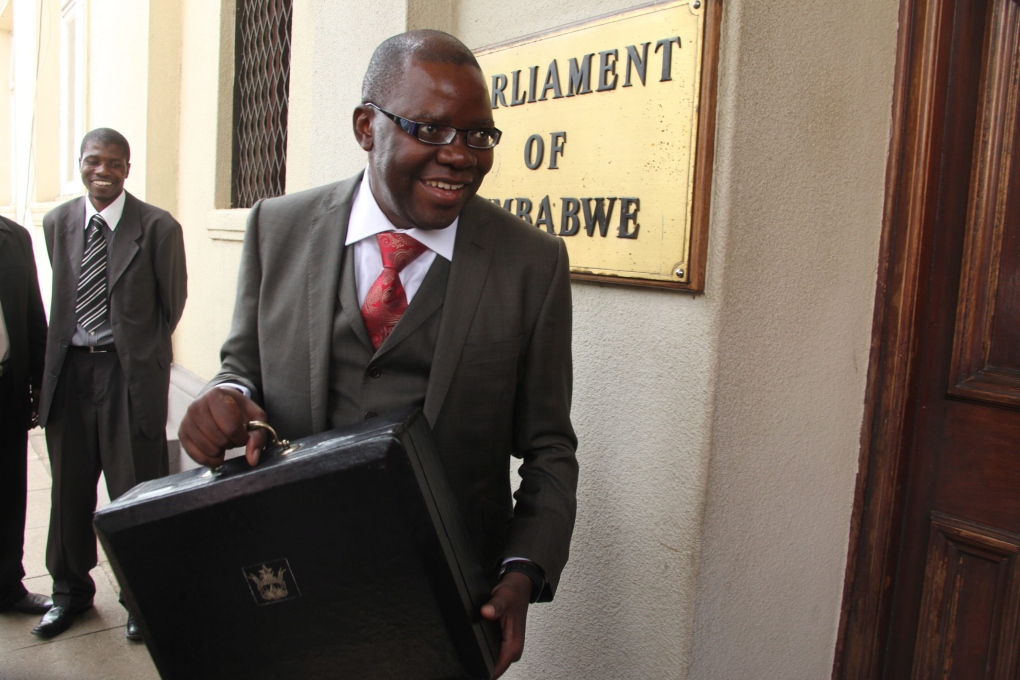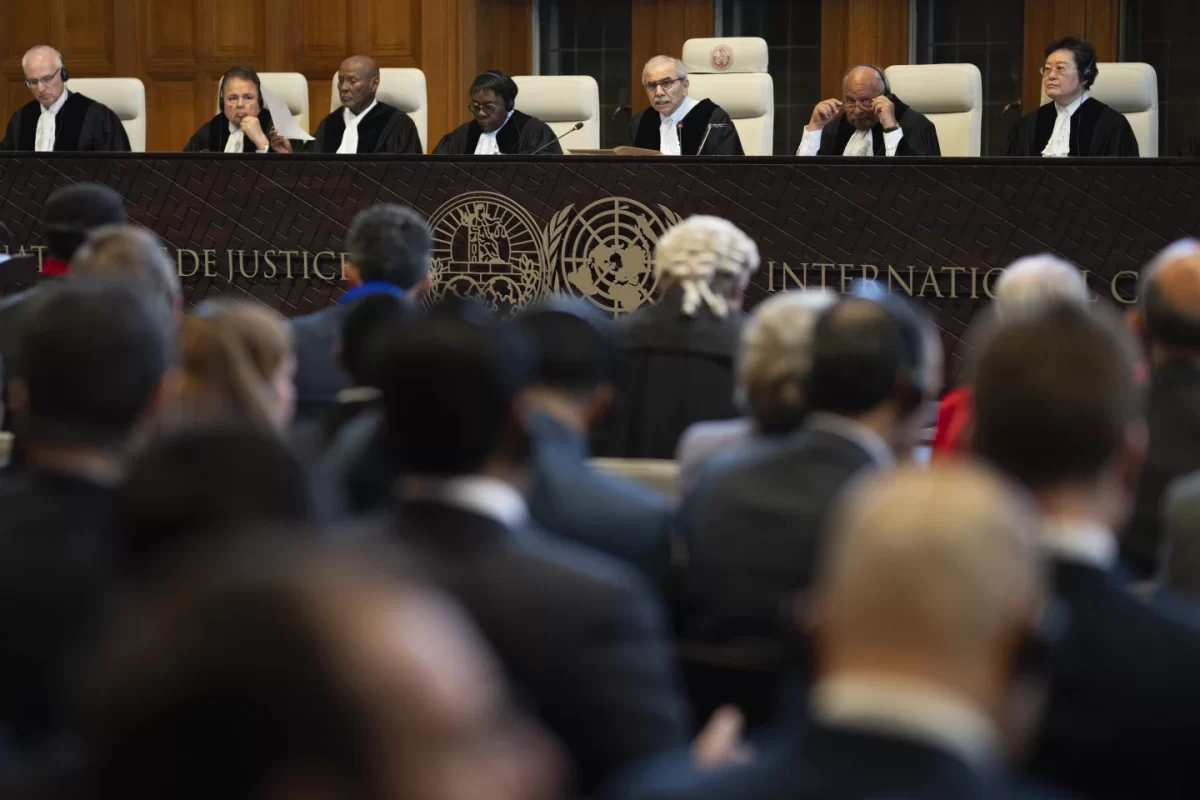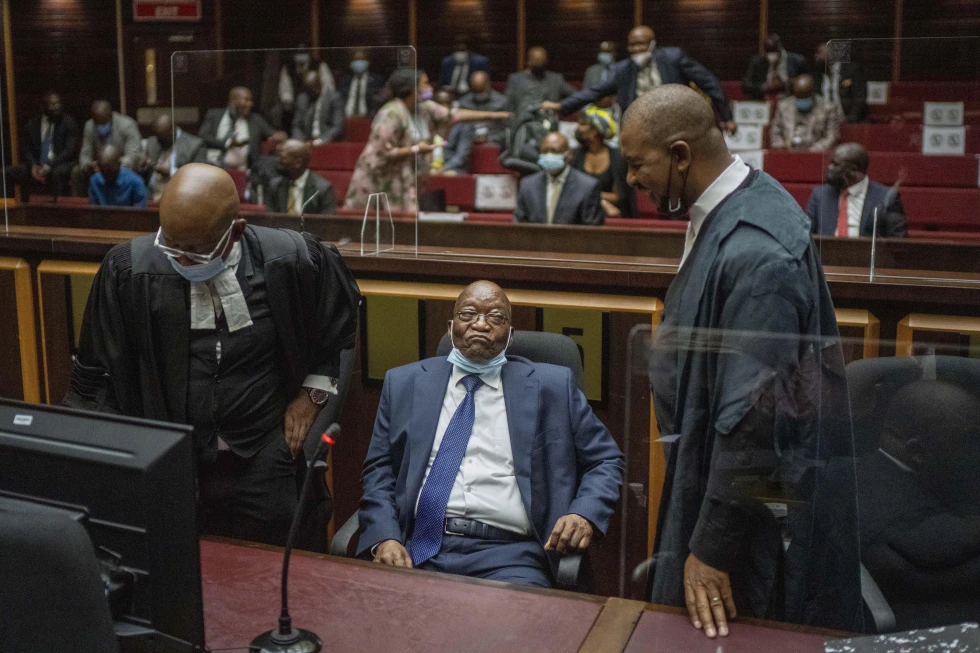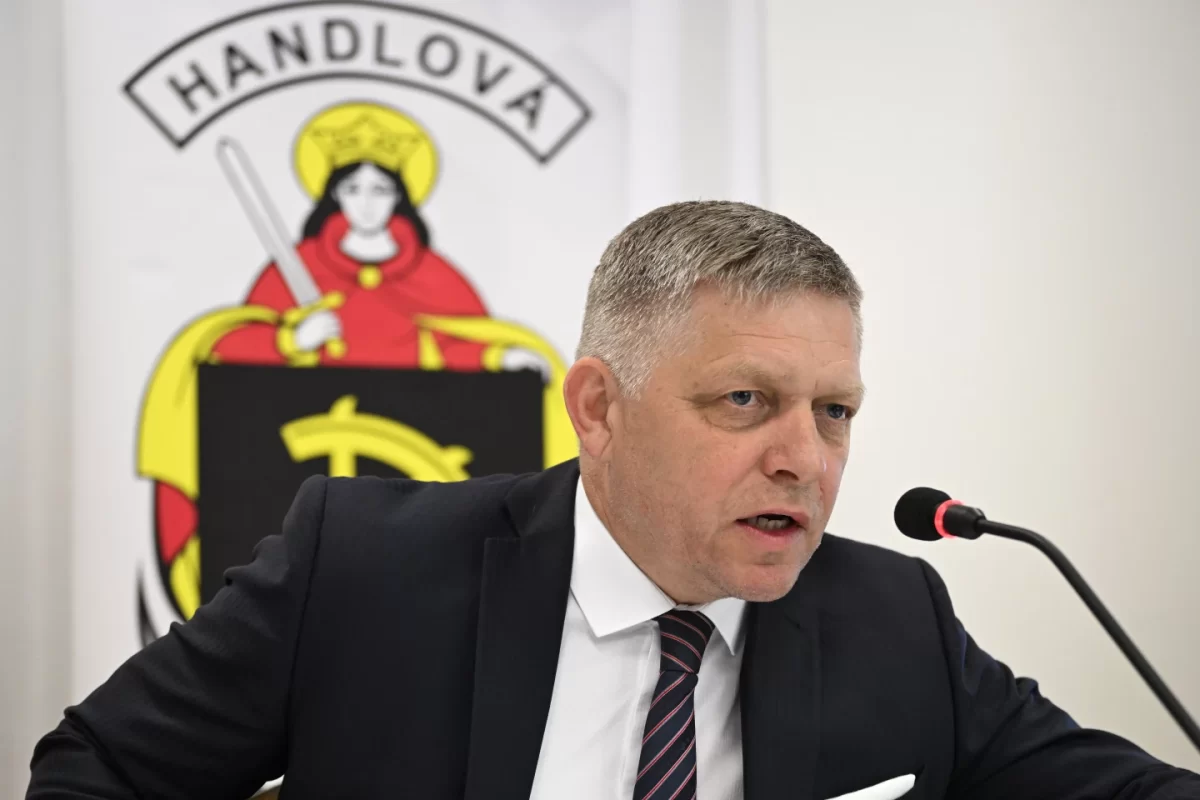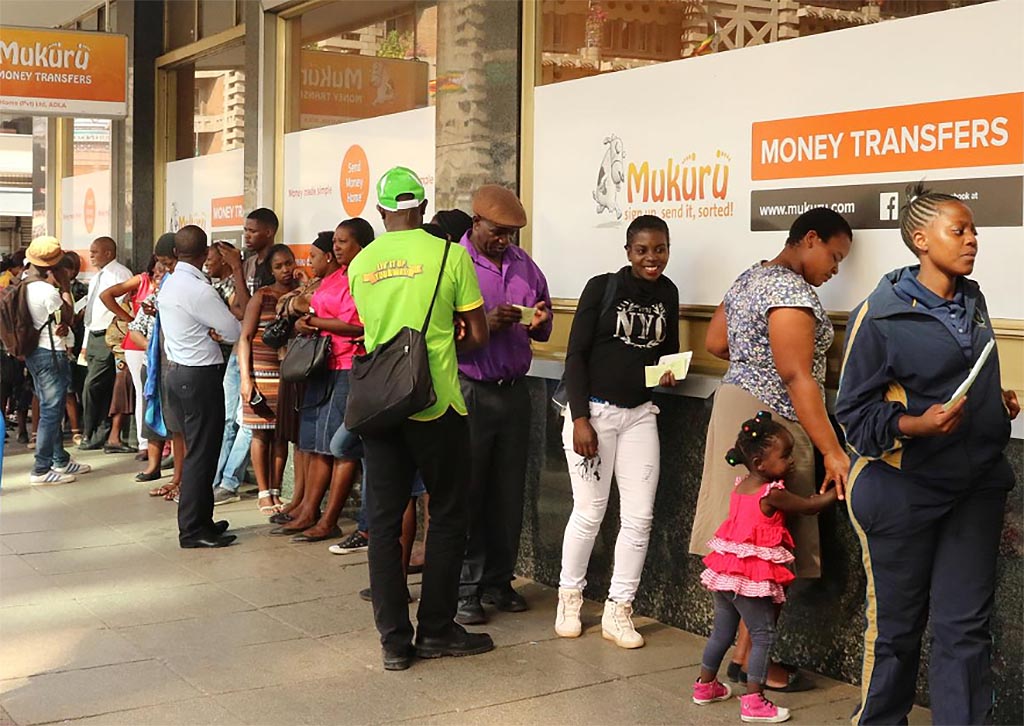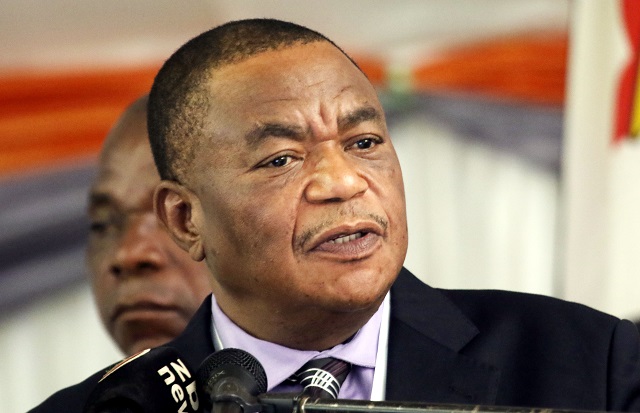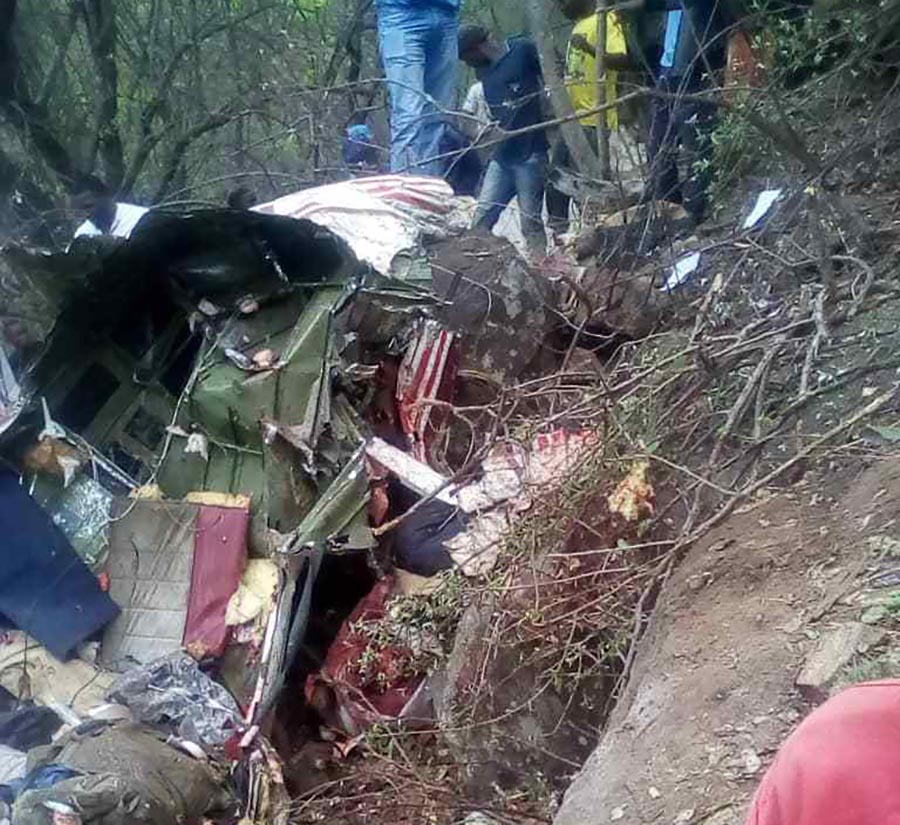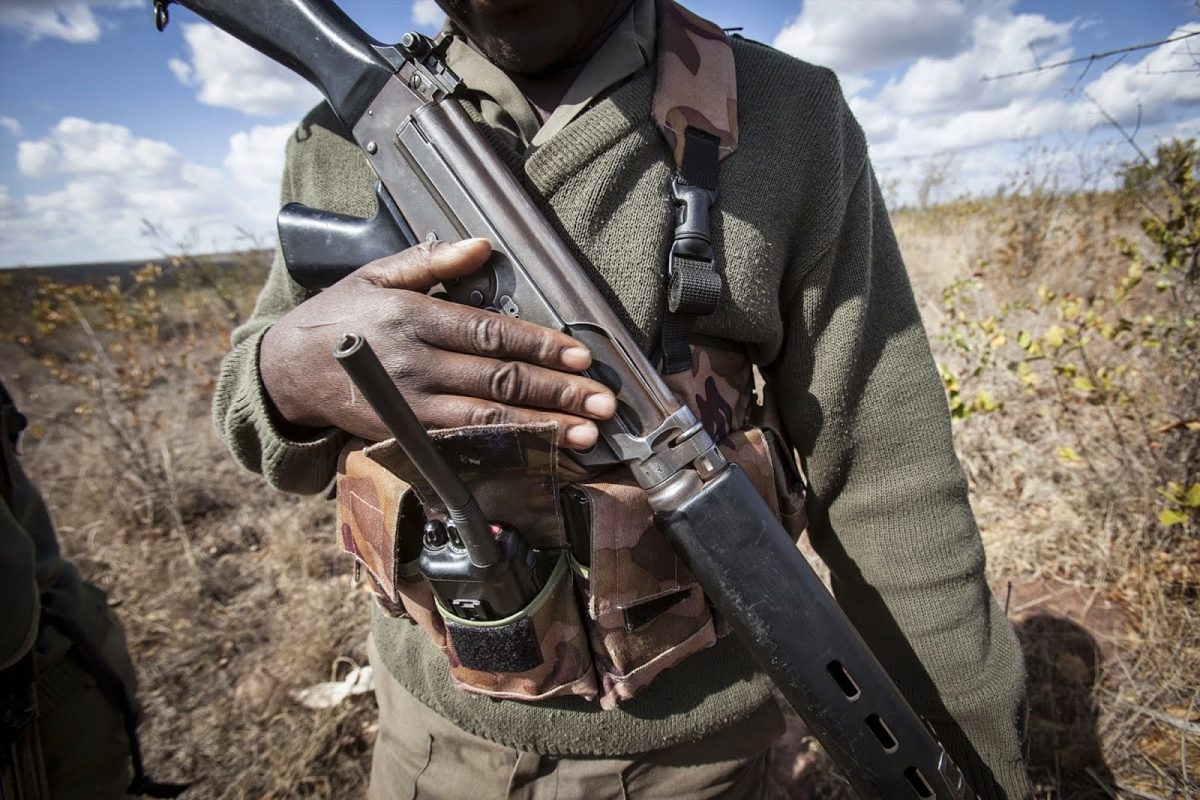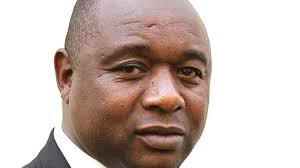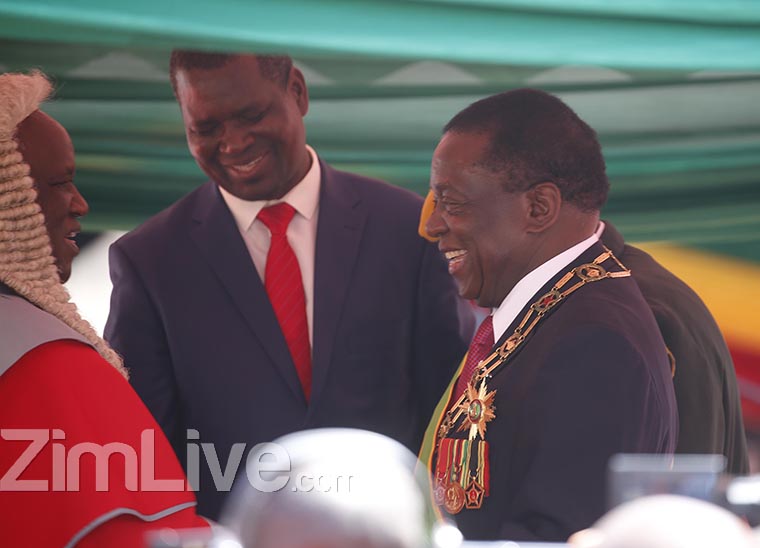HARARE – Power outages experienced in the greater part of the first half of the year have seen Freda Rebecca Mine’s gold output drop by 30,000 ounces in the year ending March 2023.
This was revealed Friday by company managing director Patrick Museva Shayawabaya in an interview on the sidelines of a media tour of the mine Friday.
Shayawabaya said the mine realised 73,000 ounces (2,300kgs) of gold in the year under review, down from 103,000 ounces of the yellow metal produced in the year ending March 2022.
The business executive attributed the decline to the dip in ore head grade and power outages that continued to nag the mine throughout the year.
“The decline was mostly due to unscheduled power outages. We lost 6,800 ounces of production to power outages.
“The balance was due to a dip in the ore head grade in the quarter to December 2022,” he said.
Shayawabaya the Kuvimba Mining House (KMH) subsidiary was confident of surpassing the current production in the coming year banking on its several projects lined up so far.
“In the year to March 2023, as Freda Rebecca Gold Mine, we produced 73,000 ounces of gold.
“We expect that the production for the year that we are in, that is the year to March 2024, there will be a marginal increase to about 80,000 ounces of gold,” he said.
During the last quarter alone, Freda Rebecca achieved 602 kgs of gold.
“The quarter that we have just ended in which we produced 19,300 ounces of gold was a good quarter under the circumstances where we had power outages on account of load-shedding, on account of ZETDC infrastructure breakdowns.
“So, we are very pleased with what we achieved in that quarter.
Based on signs of stability in power supplies, he said, the miner expects” to be able to mill at the very least the same volume of ore that we mill in quarter one if not more”.
Shayawabaya said there are a number of projects aimed at increasing production lined up for this year.
The projects, which require an investment of US$25 million and US$10 million, have already been set aside.
“We have got a budget of US$10 million dollars for projects that will be funded from the company’s resources.
“But, we also got a project which is as yet unfunded which would cost US$15 million.
“So, in total, the project that we got on our board would cost US$25 million but at this point in time, US$15 million funding has not been secured.
“In this quarter, we are going to commission our thickener project…we are going to continue with the exploration programme.
“We did the initial exploration programme from October to March 2022 which yielded very satisfactory results.
“Now, we need to do what we call infill drilling to confirm what the results of the initial exploration were.
“We are also going to start a project to stabilise the supply of power to our operations.”
Shayawabaya continued, “We currently get power from Bindura sub station. We are linked with the Bindura sub-station by a 12 to 14 kilometers line.
“The quality of that line is such that we have frequent breakdowns on it.
“So, in consultation with ZETDC, we are agreed that we will transition to the Trojan sub-station that is a project that will cost us about US$2 million to get the line and the transformer in place so that we now get supply power from that substation.
“The added advantage that it will give us is that whilst getting our principal supply from Trojan sub-station, the Bindura sub-station will be a back-up in case we have a problem with the Trojan sub-station.”
When KMH took over the mine in 2020 in its revival mission, the mine was producing 150kgs of gold per month.
During the last quarter, the mine milled 547,000 tonnes of ore at a grade of 1, 5 which has given it 19,300 ounces (602 kgs) of gold.



